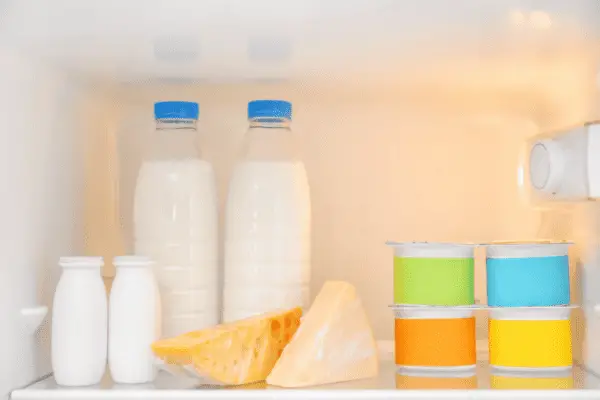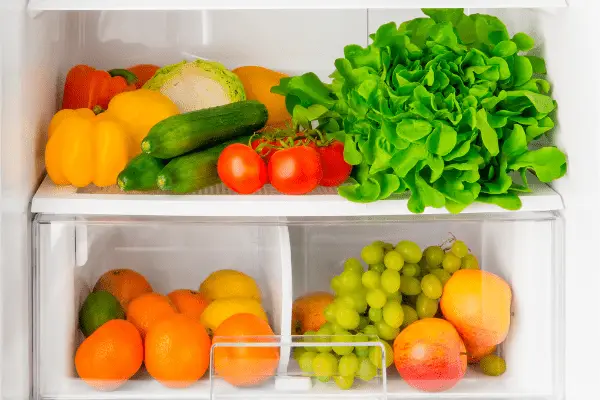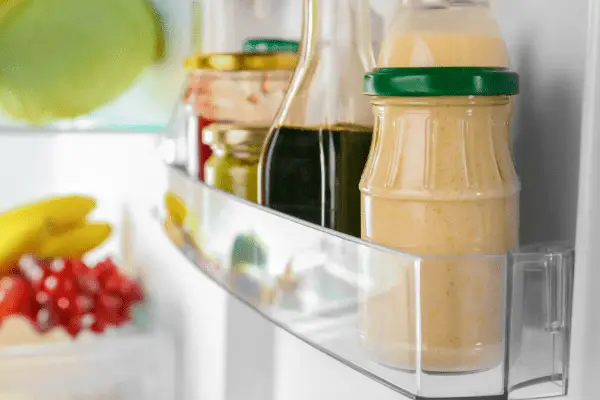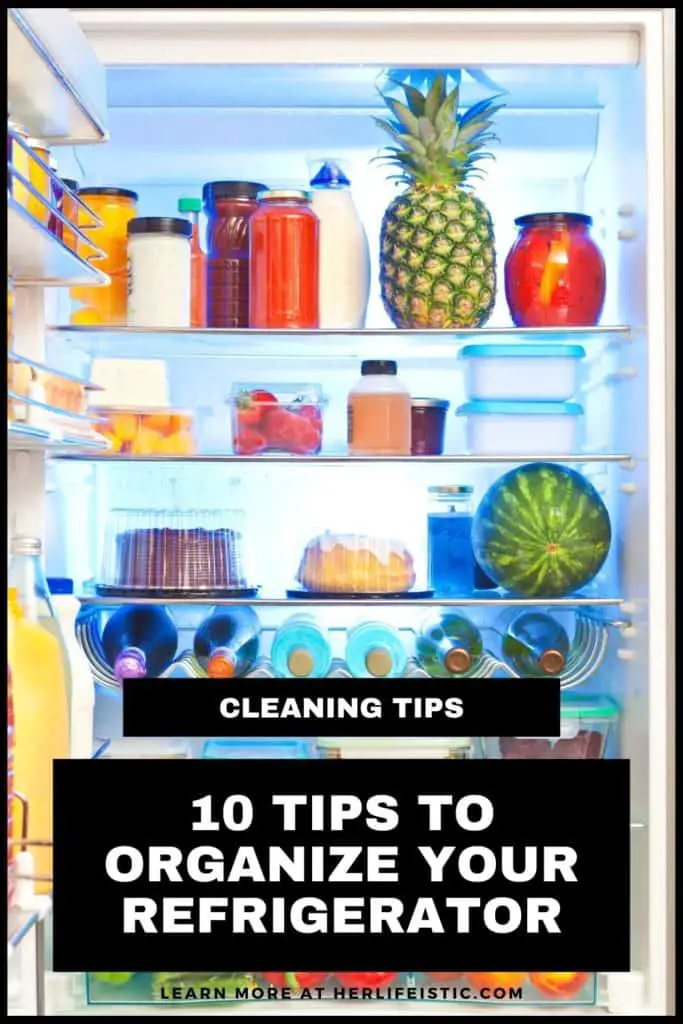Anyone who has ever tried to organize their refrigerator before knows that it can feel like a real-world game of Tetris. You have a lot of things to fit into a finite space, and you’ll need to rotate, manipulate, and organize everything to perfection to get it all in. Also like Tetris, this can prove either enormously satisfying – or frustrating.
These 10 tips can help ensure it’s more of the former than the latter and that your refrigerator rows line up perfectly.
*We earn a commission for products purchased through affiliate links on our site.
You could also read…
10 Tips to Organize Your Refrigerator
1. Not All Foods Need to Be Refrigerated
Refrigerator space is precious, so you don’t want to waste it on foods that don’t need to be refrigerated. If you are able to store things such as apples and oranges in fruit bowls or baguettes and biscuits in cupboards, that can go a long way toward freeing up space in your refrigerator for things that really need it.
2. Middle for Dairy

Speaking of which, dairy products are right at the top of the list of food products that absolutely need to be refrigerated and kept cool long-term. The last thing you want is for these foods to get even a little warm, which means you need to place them in the coolest point possible where they also won’t freeze. That tends to be the middle shelves. One consequence of this – you shouldn’t store milk in the door. Rectangular cartons may seem an ideal fit for the rectangular shelves in the door, but for maximum coolness, the middle is best.
3. Oldest on Top
Unless you’re the type of person who puts off shopping until the absolute last moment, you need to juggle storing old and already opened foods with new ones when you come home from grocery shopping. In the case of foods such as apples and other fruits, this can leave you with a mishmash of different foodstuffs at different degrees of freshness.
To prevent spoilage, when making stacks or piles of the same foodstuff (again, think apples), you want to make sure that the oldest ones are on top. This will ensure that, when you reach in to grab one, you grab the oldest ones first before they spoil.
4. High Humidity Versus Low Humidity
Different foods, such as fruits and vegetables, do better at different humidity levels. They thus need to be kept in different areas. The drawers at the bottom of your refrigerator are sealed with gaskets, which can trap moisture and create a higher humidity chamber. This is good for veggies such as carrots and broccoli, which might otherwise wilt.
On the other hand, a high humidity chamber can cause fruits to absorb too much moisture and start to grow mushy, so you’ll want to store them in a lower humidity chamber that doesn’t trap moisture.
5. Avoid Overcramming
This is obviously far easier said than done, but you really want to try not to cram your refrigerator. Doing so can prevent foods from breathing, which can cause them to lose freshness faster. In addition, cramming things together increases the chances of things becoming crushed, splitting, or spilling.
6. Don’t Cut Fruits and Veggies

Another common mistake – slicing up your fruits and veggies before putting them in the refrigerator. Think of the outer skin of fruits and veggies like suits of armor, protecting them from spoilage. When you cut them open, you drastically accelerate the pace at which they are bound to spoil.
7. Store Meat Low
As mentioned, different areas of your fridge are kept at different temperatures. Heat rises, so the higher you go in your fridge, the warmer it tends to be. For some foodstuffs, this difference is so minor that it shouldn’t drastically affect their long-term freshness. However, for foods that require low temperatures and need to be as climate-controlled as possible, even the slightest tweak in the temperature can prove disastrous. You don’t want this to happen, which is why you’ll want to store raw meat on the bottom shelf.
Remember that packages of raw meat and dairy are often the areas of a grocery store where things are kept the coldest. The same should be true in your refrigerator, so with the dairy in the middle of your fridge, raw meat should go on the bottom.
8. Take Measurements
This one is incredibly simple but could have an enormous impact on your ability to store things efficiently. After all, as mentioned, refrigerator storage is essentially one big game of Tetris. Before you can start planning out how you’re going to stack and fit everything to perfection, you have to know how much space you have to play with.
9. What Goes in the Door

The door is the warmest part of your refrigerator, above all, it needs to be filled with things that won’t spoil easily when exposed to anything less than low temperatures. As mentioned, this is why you don’t want to risk putting your milk there, but should instead try to fill those slots with mustard, ketchup, and other condiments. These tend to be a lot harder than dairy products and can fare far better in those slots. In addition, this isn’t a bad place to store foods that you may otherwise place on the countertop, such as bananas and bread.
10. Preservatives Go on Top
Due to heat rising, the top of your fridge is typically the warmest part of your refrigerator after the door. A good choice for this area is items that may still spoil if not refrigerated but which have preservatives and are thus harder. For example, jams and peanut butter are both best kept refrigerated but aren’t as susceptible to spoilage in slightly warmer temperatures as dairy products or raw meat. This is also a good spot to store prepackaged foodstuffs from the store, as these are often packed with preservatives that can keep them fresher longer.
By understanding the layout of your refrigerator and what does best in what kind of conditions, you can win your eternal game of refrigerator Tetris yet.








Comments are closed.